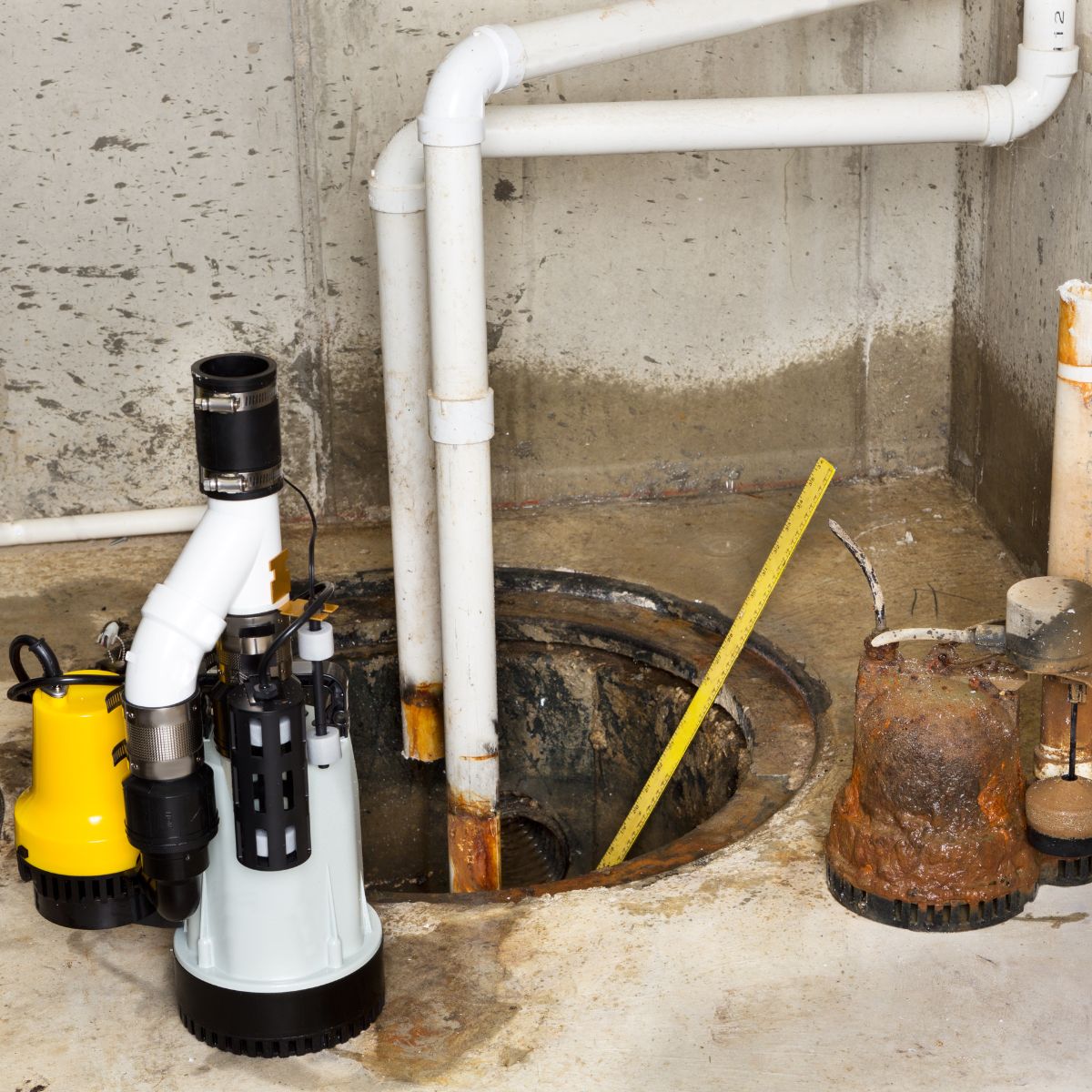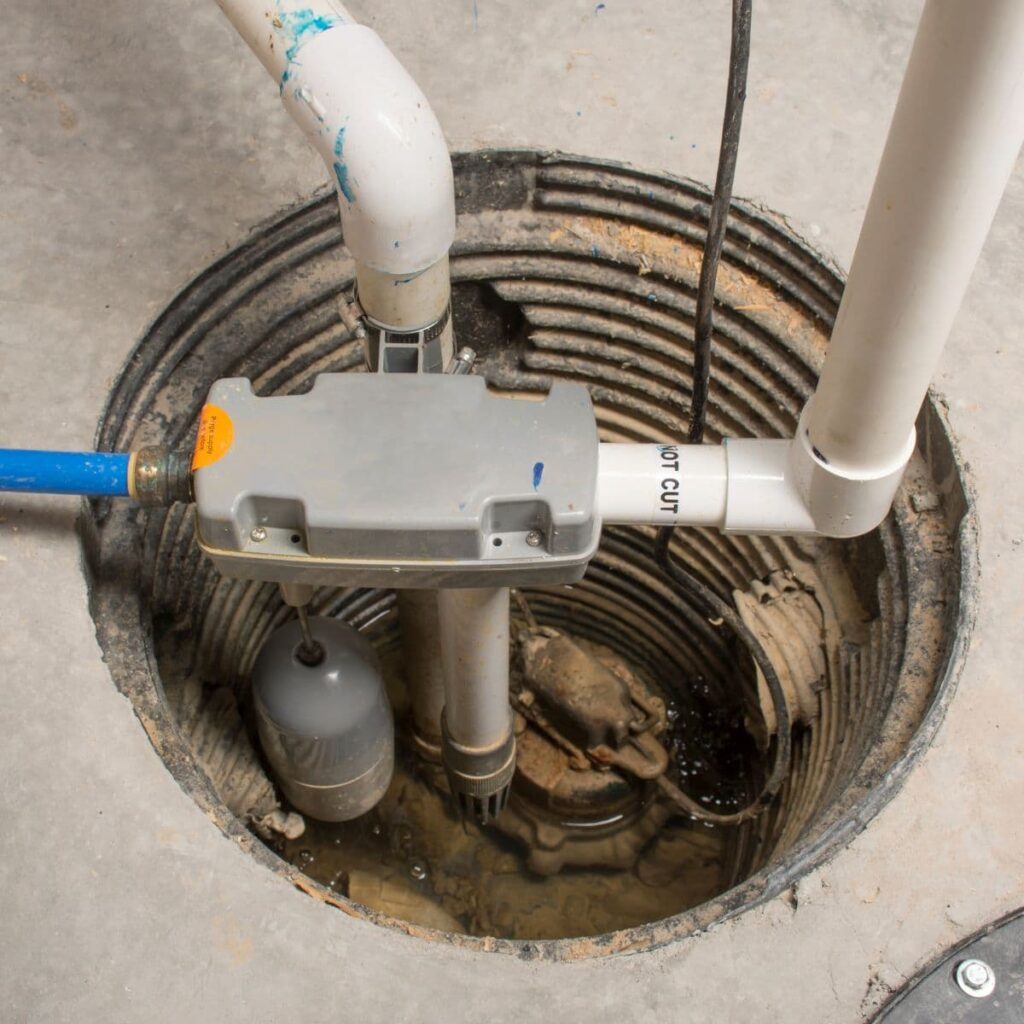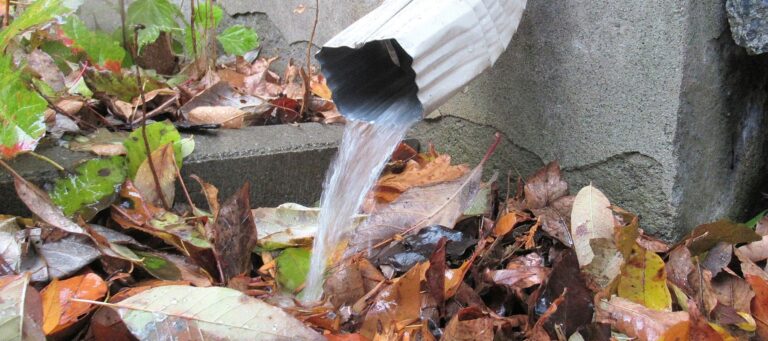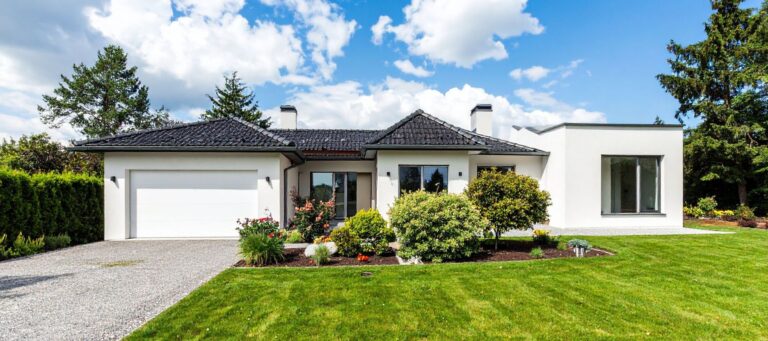Dependable Sump Pump Services In Texas
Schedule Sump Pump Installation Services For Your Texas Home
As a homeowner, maintaining the state of your property comes with many challenges. Water pooling in your lawn is just one example of this — but unfortunately, this problem may just be the tip of the iceberg. In fact, pooling water could be a precursor to a more serious issue — foundation damage.
At G.L. Hunt, our team is ready to defend your home from the effects of foundation problems and water damage by offering dependable installations for sump pumps! Join our team as we share the information you need to understand how this option can help.
Fight Landscape Flooding With Sump Pump System Installation
Out of sight, out of mind — and into your home! Without an effective drainage system installed on your property, that’s the path water will take as it falls out of the sky and into your soil.
This is because once water hits the ground, it will slip deeper and deeper into your soil. Drainage systems, like gutters, re-direct this rainfall on the roofline, but without one on the ground level, the water has free reign to approach your foundation and seep in.
This can cause soil to shift and concrete to crack — neither of which is good for the integrity of your home. If you have a crawlspace or your home is built on a slope, these low-lying areas are at an increased risk, but many homes can be affected by poor drainage even in a seemingly flat neighborhood.
That’s where sump pumps come in! These devices can collect water and move it away, stopping it before it reaches your home.

Understanding The Mechanics: How Does A Sump Pump Work?
During a sump pump installation, the system will be installed at a low point in your home. This could be a basement or a crawlspace, or some other low lying area. From there, the main system is connected to pipes that lead outside.
As water spreads through the soil and approaches your home, a pipe will be there to collect the water and lead it to the sump basin inside. This basin will be connected to a float switch. Once the water reaches a certain point, the float switch will activate.
The water will be pushed upward through another pipe and away from your house. Each step in this process works together to protect your home from water damage.
Sump Pump Drainage Placement
Many homeowners may know sump pumps as the classic basement flooding solution, but many homes in Texas don’t have basements! Instead, we install sump pumps in crawl spaces, near low-lying driveways and in coordination with other drainage systems.
If your home relies on French or surface drains to guide water away from your foundation, you may utilize a sump basin to collect the water and pump it further from your property. Long driveways and other pathways on your property may also benefit from more effective drainage, like a sump pump, to keep them from flooding or accumulating stormwater.
Trust our team of experienced specialists to evaluate the lay of the land around your home and recommend the most effective system to direct water away from your foundation and keep your home stable!

Contact G.L. Hunt For Your Sump Pump Replacement
If time has caught up to your current system, leaving it struggling to operate effectively, it’s time to put your trust in a professional! Our team is here to replace outdated, inefficient equipment — leaving you with a system you can trust!
In addition to replacements, Texas residents can also turn to us for first-time installations. Our team will work with you to provide the necessary knowledge to help you make informed choices for your home.
Benefits Of Working With Our Team
Texas homeowners can rest easy when our team is on the job! We have a track record of success and always strive for 100% customer satisfaction. When you choose our team to help your home, you can expect the following and more:
- Service with integrity — Our team values honesty, and we promise to provide transparent services and communication as we help your home.
- Expertise you can trust — We’ve been helping Texas homes for decades, giving us experience in addressing a wide variety of property concerns.
- Attention to detail — We’re here to listen to your concerns and carefully provide effective solutions that help your home.
Our goal is to help homeowners avoid the consequences of foundation and water damage! If you think installing a sump pump is the right choice for your home, feel confident knowing our team can help!
Texas Sump Pump Services Are A Call Away
At G.L. Hunt, we’re proud to help Texas homeowners tackle their foundation and drainage concerns! When your home needs a new sump pump, you can rest assured that we offer the thorough expertise your home deserves. To learn more about how we can help, give us a call!









